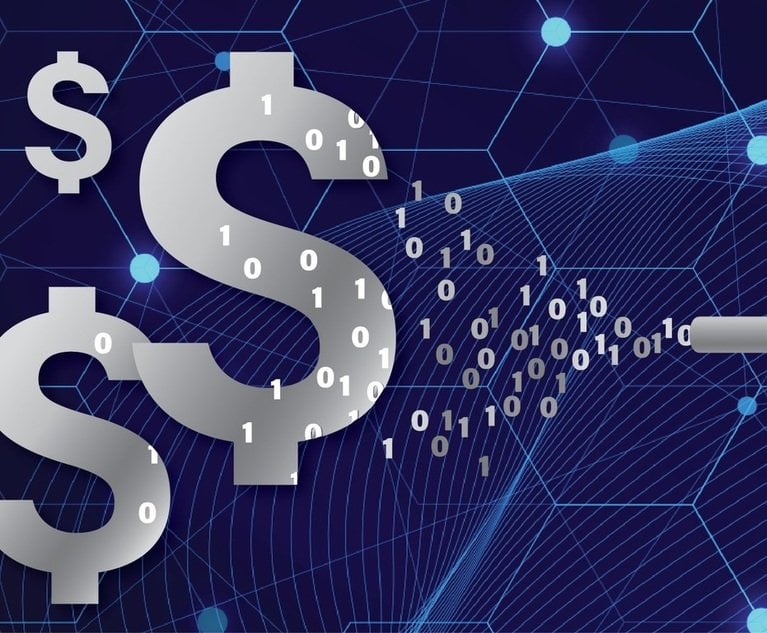After the price of Bitcoin hit $10,000 on Nov. 28 and Bitcoin futures launched on Dec. 10, you might have asked yourself why this digital currency was getting so much attention in the closing days of 2017. You may have also wondered what the broader adoption of cryptocurrency means for future plaintiffs who hold their money in digital wallets on a blockchain, only to later find themselves the target of hackers and their money, gone.
When a client stores money with a bank in the United States, that money is both insured by the FDIC and is “held” by a central institution that could be a named defendant if those funds ever went missing. In fact, the bank, if required, could provide a full accounting of how and where your money was stored and moved. But what makes Bitcoin and other cryptocurrencies unique from other currencies is that they exist on a continuously growing list of records, that when linked together using cryptography, form a blockchain.
Understanding the Blockchain
This content has been archived. It is available through our partners, LexisNexis® and Bloomberg Law.
To view this content, please continue to their sites.
Not a Lexis Subscriber?
Subscribe Now
Not a Bloomberg Law Subscriber?
Subscribe Now
LexisNexis® and Bloomberg Law are third party online distributors of the broad collection of current and archived versions of ALM's legal news publications. LexisNexis® and Bloomberg Law customers are able to access and use ALM's content, including content from the National Law Journal, The American Lawyer, Legaltech News, The New York Law Journal, and Corporate Counsel, as well as other sources of legal information.
For questions call 1-877-256-2472 or contact us at [email protected]


 John Rafferty of Gawthrop Greenwood.
John Rafferty of Gawthrop Greenwood.




